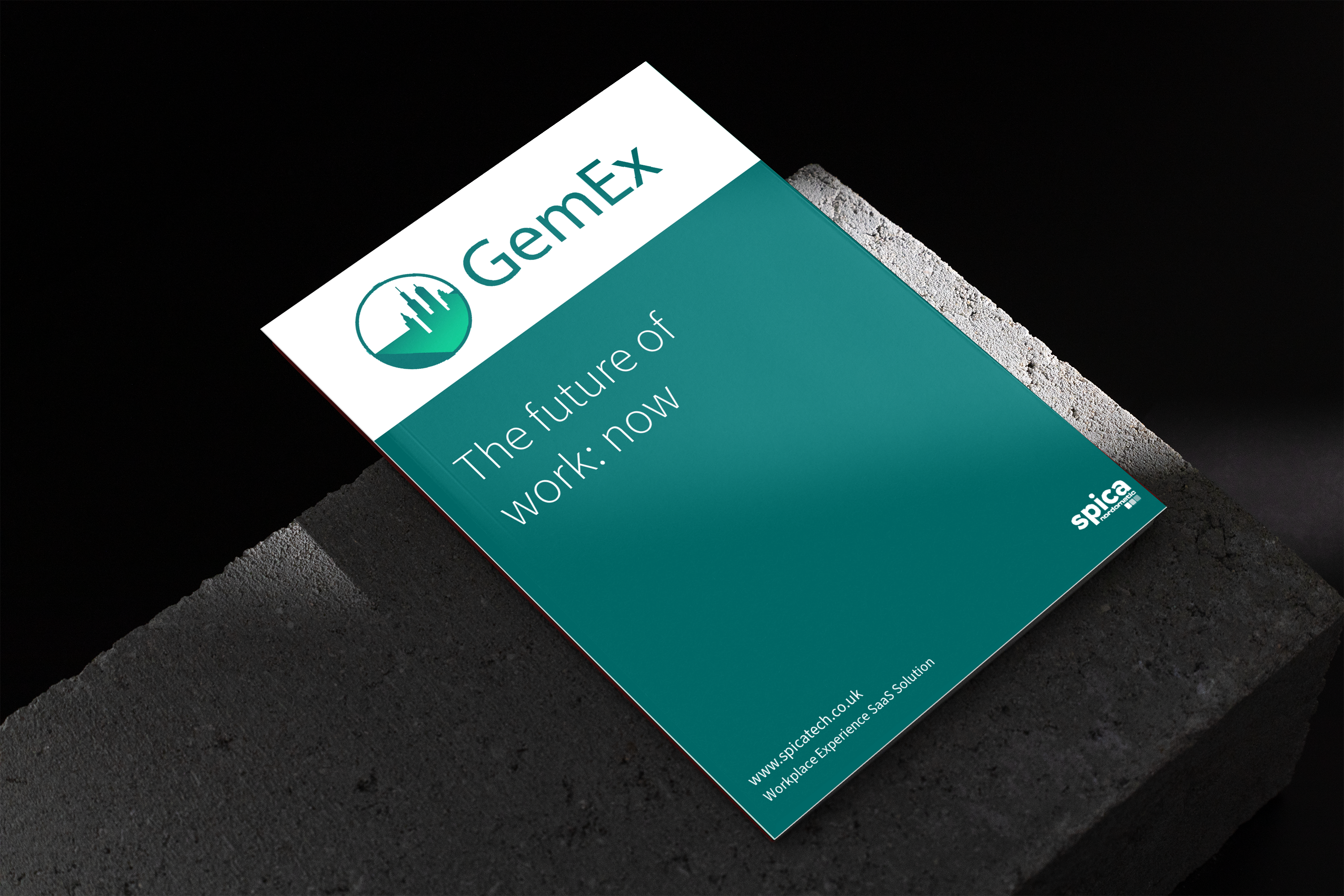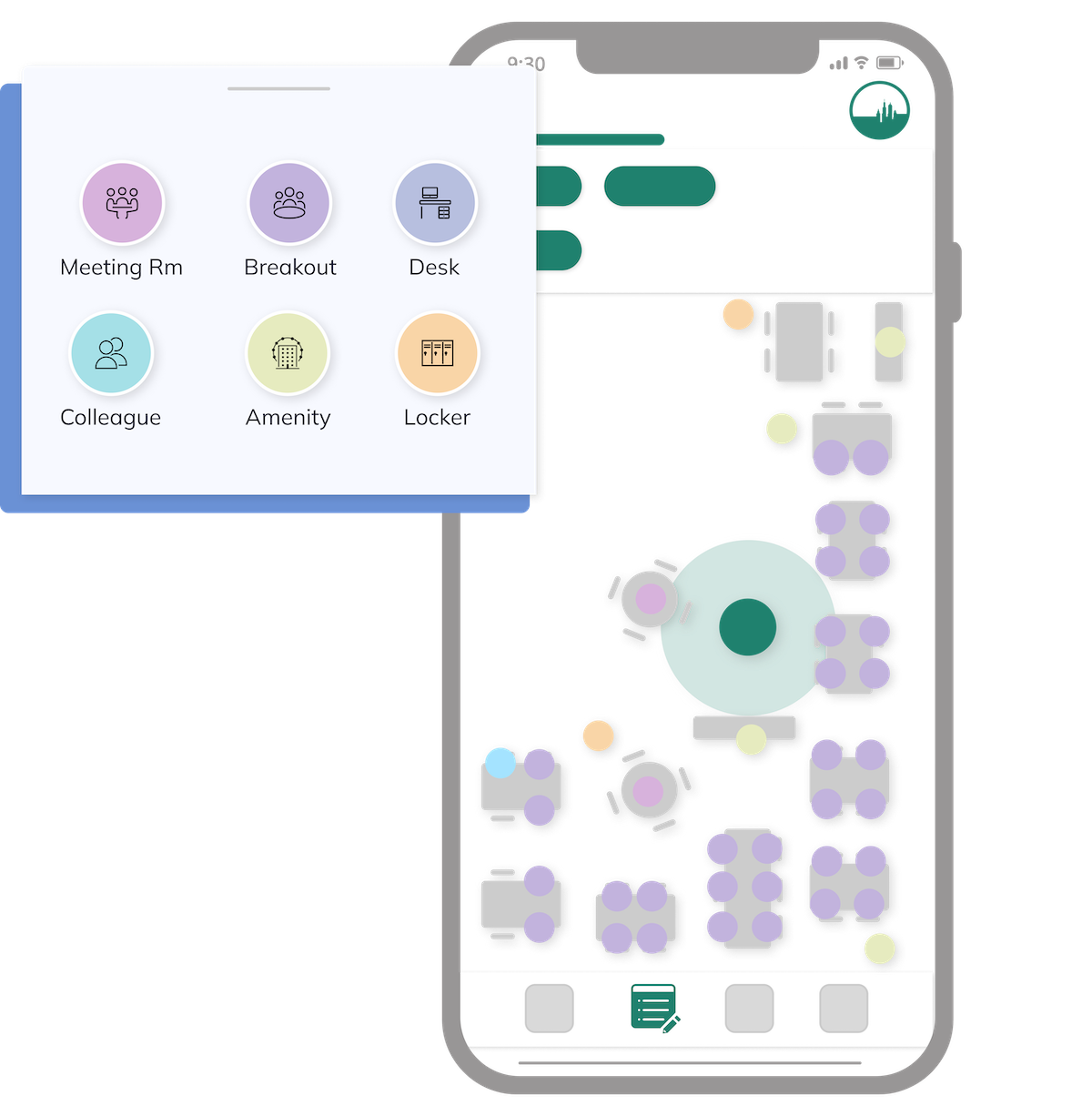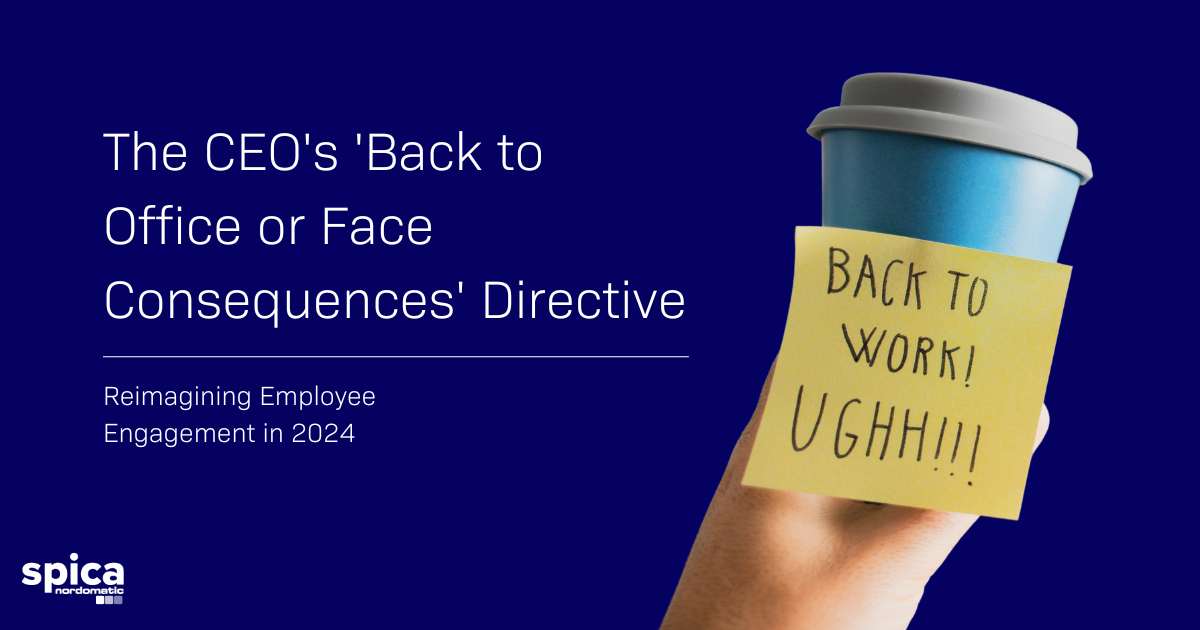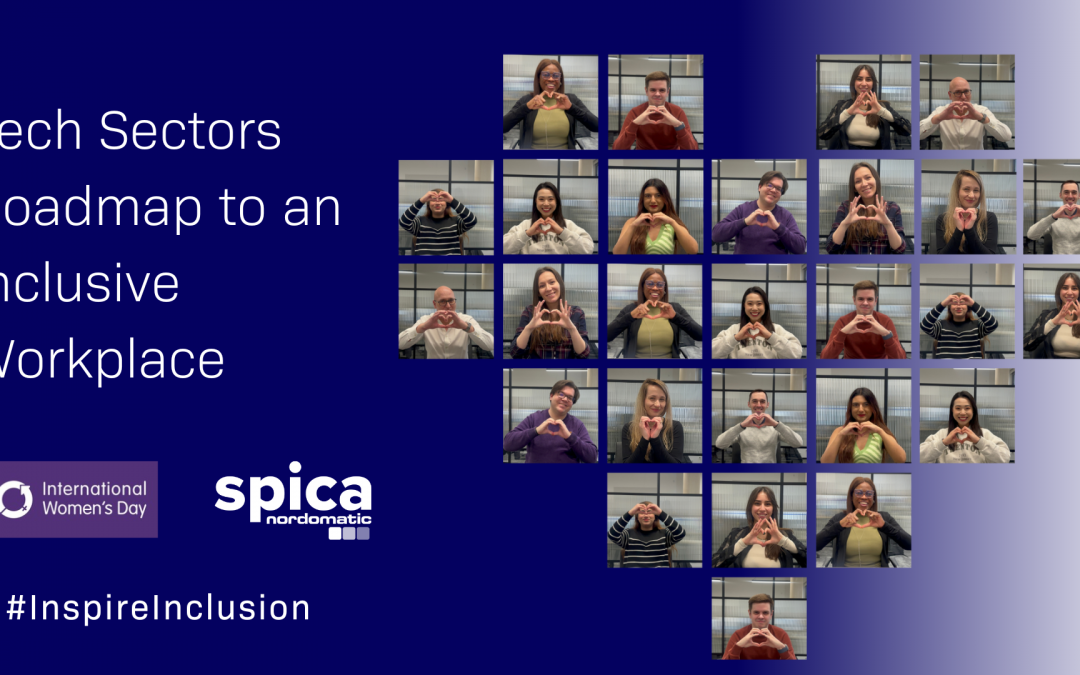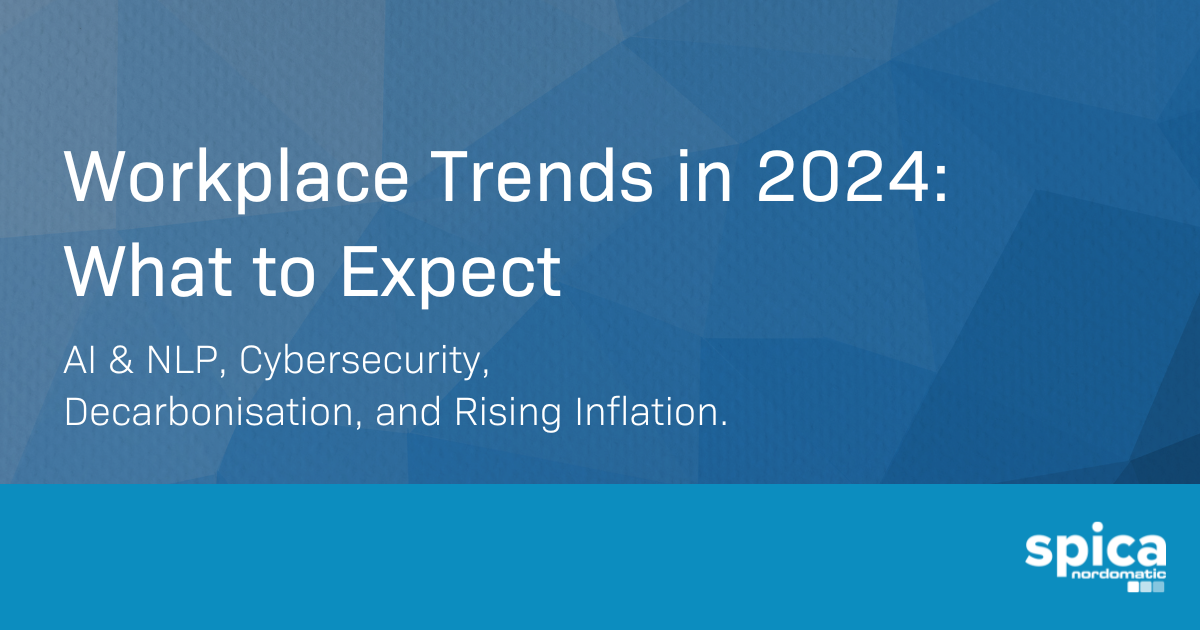Picture this: A bustling office filled with purposeful chatter, team members huddled around brainstorming sessions, and the hum of productivity filling the air. This scene might seem like an ordinary day at work, but the significance of these physical spaces in driving modern businesses cannot be overstated. The office, often seen as just a building where work happens, plays a vital role in shaping organisational dynamics, culture, and overall success.

Evolution of the Office Environment
The landscape of office environments has undergone a dramatic shift over the decades, evolving in tandem with technological advancements and societal changes. Back in the day, offices were designed with hierarchical structures in mind, creating a clear separation between managers and staff. These traditional setups mirrored organisational charts, reinforcing the chain of command.
However, as companies began to embrace the need for innovation and collaboration, the office design paradigm started to shift. Open-plan layouts became the new norm, breaking down physical barriers to encourage more interaction and teamwork. This transformation of workspaces aimed to foster a culture of idea-sharing and collective problem-solving, aligning with the broader corporate trend toward flat organisational structures.
In recent years, the need to accommodate diverse work styles and preferences has given rise to flexible office spaces. Companies have recognised that different tasks require different environments. Hence, modern office designs integrate quiet zones, communal areas, and multi-purpose spaces to cater to individual and team needs alike.
Here are three important ways the role of the office plays in 2024:
1. A Place for Collaboration
You can’t underestimate the power of physical space when it comes to fostering collaboration. Spontaneous brainstorming sessions often spark the most innovative ideas, and these moments are more likely to happen in a shared office environment. The layout of an office, from common areas to dedicated meeting rooms, sets the stage for these impromptu interactions.
Face-to-face interactions in the office are essential for enhancing communication and understanding within teams. While digital collaboration and communication tools have bridged geographical gaps, a recent survey underscores that 21% of workers feel there is not enough face to face interaction due to shift to flexible working. Despite the convenience of remote work, a significant portion of employees still value in-person meetings. The physical office has become the place where teams meet to brainstorm, spontaneous discussion over coffee, and problem-solve in person. Nothing quite replaces the nuances and immediacy of in-person exchanges.
Shared spaces in an office, such as open work areas and co-working spaces, encourage interdisciplinary collaborations. Employees from different departments or specialisations can easily connect, fostering a sense of community and cross-pollination of ideas. This melting pot of perspectives is often a breeding ground for innovation and creative solutions.
Discover how Spica’s Space Management solutions can enhance collaboration in your office by optimizing space utilisation and encouraging dynamic interactions.
2. A Place for Fostering Company Culture
The office serves as the epicentre where organisational values and culture are not only displayed but lived and breathed daily. 88% of employees believe workplace culture is important to business success, as it’s in the office where employees get to see these values tangibly manifested through leadership actions, office decor, and even company rituals. These daily interactions and shared experiences build a stronger understanding and connection to the firm’s ethos.
Physical workplaces enable the implementation of cultural rituals and traditions. Whether it’s a weekly team huddle, monthly town hall meetings, or annual Christmas parties, these events play a critical role in reinforcing company culture. Team-building activities such as group workshops, team lunches, or collaborative projects boost morale and cohesiveness. Being in the same physical space allows everyone to partake in these traditions, creating a shared sense of identity and purpose
Learn how Spica’s Workplace Experience solutions can help you foster a vibrant company culture through intuitive tools for employee engagement and interaction.
3. A Place for Employee Wellbeing and Employee Engagement
The office plays a pivotal role in influencing employee productivity and well-being. Thoughtful planning and layout can create an environment where employees feel motivated and focused. Ergonomic furniture, for instance, is crucial in reducing physical strain and enhancing overall comfort. Dedicated workspaces for team building, hot-desking, independent time, modular furniture and more, to cater to different work styles can significantly boost productivity and allow for high-quality output.
In addition to physical comfort, the incorporation of natural light and greenery into office spaces has been linked to improved mental health and productivity. Studies have shown that exposure to natural light can reduce stress levels and even enhance mood and energy. Similarly, having indoor plants not only beautifies the workspace but also purifies the air and fosters a more relaxed atmosphere.
Moreover, technology plays a pivotal role in facilitating seamless transitions between remote and office environments. Digital tools and platforms enable continuous communication, project management, and collaboration irrespective of physical location. This technological integration ensures that employees stay connected and productive at all times. Video conferencing tools have become indispensable in modern offices, enabling robust remote and in-office collaboration. Platforms like Zoom, Microsoft Teams, and Slack bridge the gap between physical and virtual spaces, ensuring that teams can communicate effectively regardless of their location.
Integrated software platforms simplify task management and workflow automation. Tools like Trello, Asana, and Monday.com help teams organise their tasks, set deadlines, and track progress in real-time. These platforms support transparency and accountability, keeping everyone on the same page and projects on track.
—
In today’s fast-paced business world, the role of the office is more vital than ever. From serving as a hub for collaboration to being a cornerstone of company culture, the physical space where work happens has profound implications for organisational success. Thoughtful design, robust technology integration, and flexible layouts are key components that make modern offices not just places of work, but environments that inspire and support employees.


